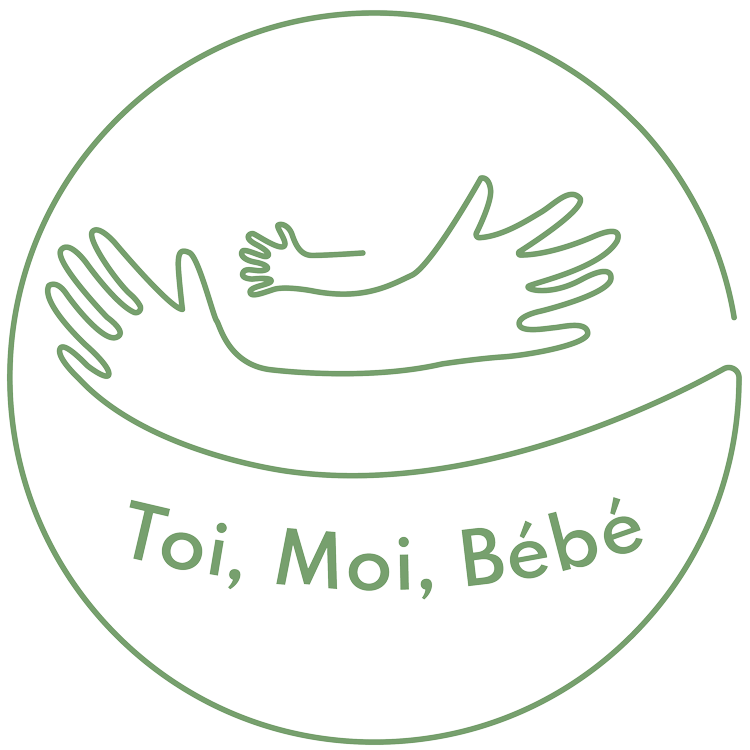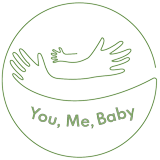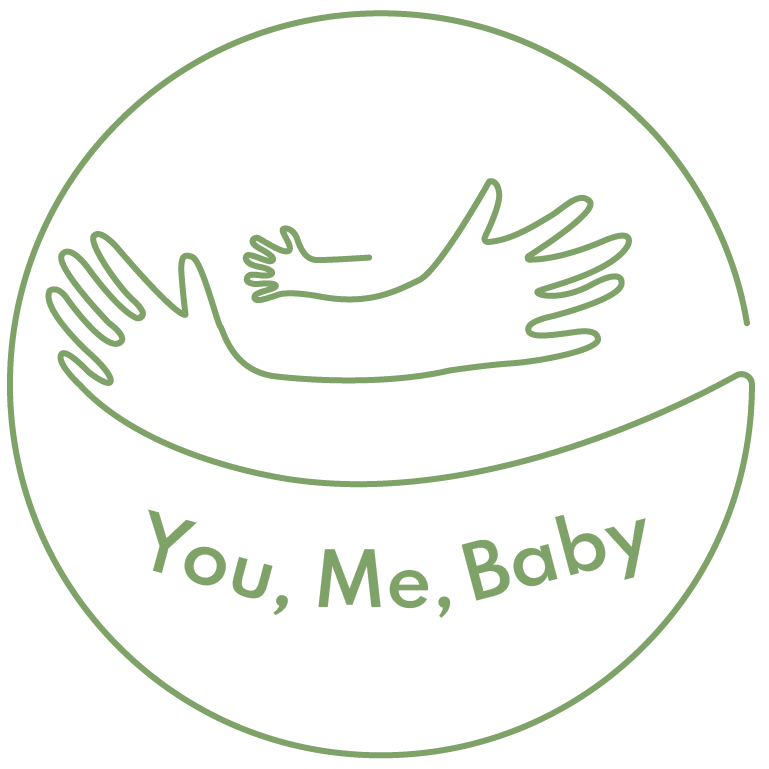
To inspire you, here are some examples of pleasant activities to do on your own or with others, indoors or outdoors. You can also check out List of pleasant activities in the Toolkit section.
The concepts of relaxation and mindfulness introduced in Module 2 allow you to do one thing at a time and gently bring your attention back to what the situation requires in the moment, without passing judgment. You can check out our list of exercises and podcasts on this topic in the Toolkit section. Here are some examples:
- Check out a mindfulness audio or video.
- Complete a relaxation exercise.
- Do a breathing exercise.
Physical activity, done in a way that respects your abilities and condition, is good for both body and mind, as well as being good for the baby’s development. By increasing your bodily sensations, these activities help you “get out of your head” when you feel preoccupied. Here are some examples:
- Practise yoga adapted to your condition.
- Take a walk.
- Do physical exercises adapted to your condition (e.g., stroller workout, swimming).
Artistic activities contribute to well-being, allow people to live in the moment, and bring immediate pleasure. In addition, they encourage the expression of emotions. Here are some examples:
- Painting
- Colouring
- Knitting
- Drawing/colouring mandalas
- Playing music
- Singing
- Taking pictures.
Contemplative activities allow you to focus on one thing for a period of time. They can be particularly suitable for people who are less keen on relaxation. Here are some examples:
- Observing nature (a tree, a bird, the moon)
- Observing a pet
- Watching a sunset
- Watching a fire
- Listening to music attentively
Social activities help to break isolation. Positive social interactions are beneficial. Here are a few examples:
- Connecting with a friend
- Inviting a friend over for coffee
- Going for a walk with someone
- Participating in a group activity, whether virtually or face to face, organized by the community (borough, group of pregnant women, new parents)
- Participating in a spiritual or religious activity
The acquisition of knowledge can generate a sense of control over a situation as well as be distractive in a constructive and positive way. Here are a few examples:
- Reading (novels, short stories, literature on child development)
- Doing a puzzle
- Playing a strategy game
This includes essential actions to maintain balance. Here are some examples:
- Cooking a nutritious dish
- Preparing a pitcher of flavoured water and hydrating yourself
- Establishing and following a sleep routine
- Taking a nap
- Applying moisturizer
- Getting a manicure or pedicure
Writing activities serve to free our mind, develop creativity, and stimulate our memory, and help to be in touch with and identify our emotions. Here are some examples:
- Keeping a diary
- Writing a letter by hand to a friend or family member
- Writing a letter to your unborn child
- Preparing your baby’s birth book



